Preparing for the Future: The O2 3G Switch-Off
In the ever-evolving world of mobile technology, network providers are constantly striving to offer faster and more efficient connectivity. O2, a...
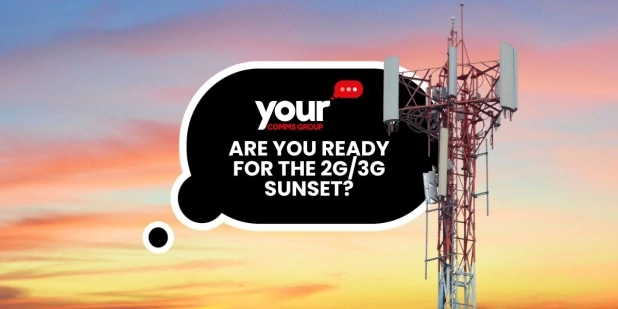
If you’re of a certain vintage, then you’ll probably remember the days when getting a mobile signal was so flaky that you needed to find higher ground to make a call or send a text.
Compared to the superfast fifth generation (5G) technology that powers the latest mobile tech, the old 2G and 3G technology that was once cutting edge is as much a part of the dark age as the mangle and the Betamax video recorder.
It’s nearly 30 years since 2G launched in the UK and more than 20 since the arrival of 3G, and with only so much bandwidth available and the cost of maintaining infrastructure chewing up money, it’s perhaps not surprising that the country’s biggest networks are now looking to phase it out.
And that will pose some potential problems for many businesses, because those old network technologies – aged and creaking as they undoubtedly are – still support a vast proportion of the Internet of Things (IoT).
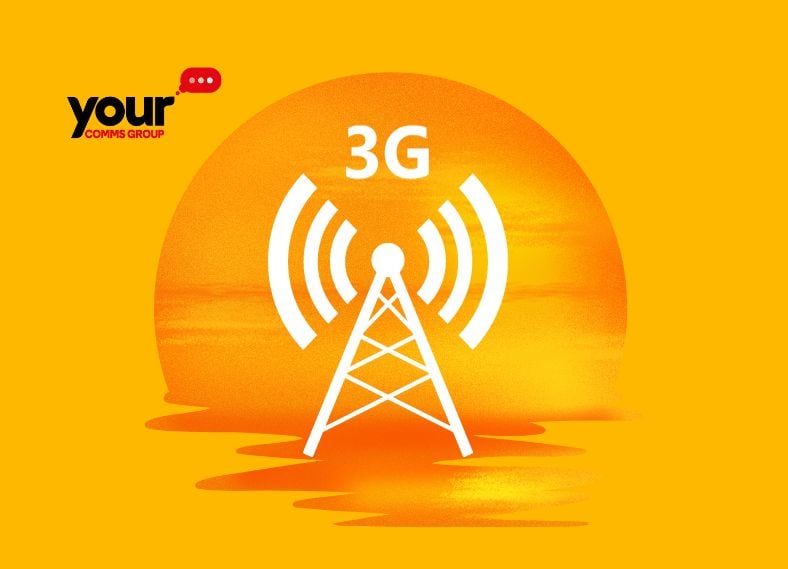
We’ve talked a fair bit here about the IoT and the opportunities it creates, so if you want detailed analysis and opinion on the technology and what it’s capable of then check those out. But in simple terms the IoT is the smart technology that means you can close your curtains using an app or allow your fridge to reorder your usual staples when you’re running low.
So, as we ponder the imminent advent of a world where cars will drive themselves to the places you want to go, there are billions of devices around the world that only work because they’re supported by decades-old technology.
If you’re now asking why all those devices haven’t been progressively migrated to each new network generation, it’s a fair question. And the answer, as you’ve probably already guessed, is money.
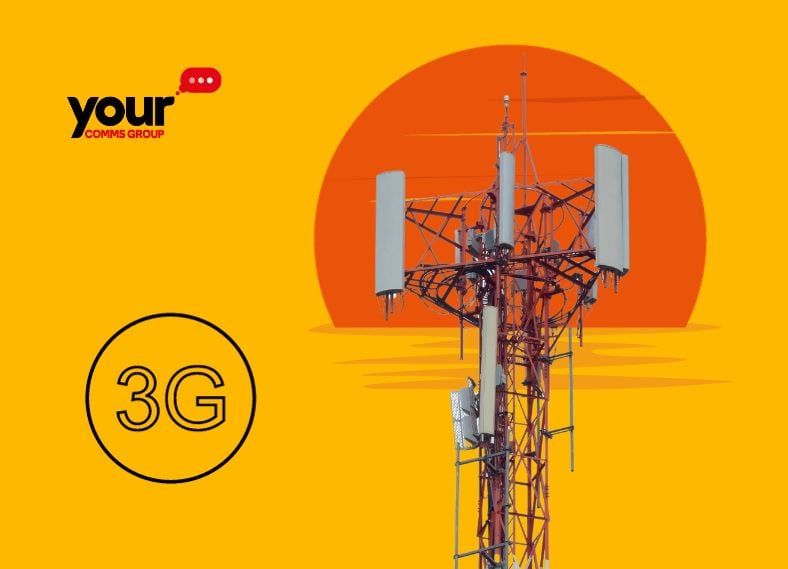
The 2G and 3G platforms are more affordable in terms of bandwidth cost, and the cost of transitioning to new technology is, naturally, greater. So, while 2G and 3G platforms exist and are serviceable there has been little appetite to commit investment.
What that means, though, is that there are thousands of businesses that are now in a race to be ready for when 2G and 3G are eventually switched off.
This phasing out – known as the 2G/3G sunset – differs from network to network, but under current plans neither network will be available by January 1, 2026.
As part of the government’s strategy to close down 2G/3G by 2033 at the latest, EE plans to switch off 3G at the end of this year, with Vodafone following suit a year later and Three joining them in December 2024.
Three has never offered 2G, and O2 has yet to announce its timetable for sunsetting the technology.
Waiting until the last possible moment to plan for the end of 2G/3G is a risk. If your IoT devices are running on an EE or Vodafone 3G network, you only have six months to find and implement an alternative.
But even if your technology is on 2G and you have 3+ years before it disappears, why wait? Operator plans could change, the government could accelerate its strategy. The world, as we have seen in so many ways over the last two years, is an unpredictable place.
You’ll need to get a clear picture of the network arrangement for each one of your IoT devices.
Identify the carrier, the network type (2G, 3G, 4G or 5G), and then work out whether you need to either switch off the ability of your device to search for 2G and 3G, or whether you’re going to need to implement an upgrade to transition to a more recent platform.
Depending on the age of the device, it may already have the functionality to be able to search for and join a 4G or 5G network and only uses 2G or 3G as a fallback.
The chances are that any plan you decide on is going to take some time to implement. Transitioning to 4G or 5G may be a relatively simple process (or not, depending on the device and the contract with your carrier). Still, there are other things to consider, such as potentially having to schedule updates and/or retrofit with customers.
If you’d like to find out more about how Your Company Group can help you to project manage the migration of your IoT needs away from a 2G or 3G network, and ensure you and your customers enjoy uninterrupted service, please get in touch – we’re experts with years of experience in managing businesses’ mobile technology needs.
Prepare for the transition today, visit our webpage!
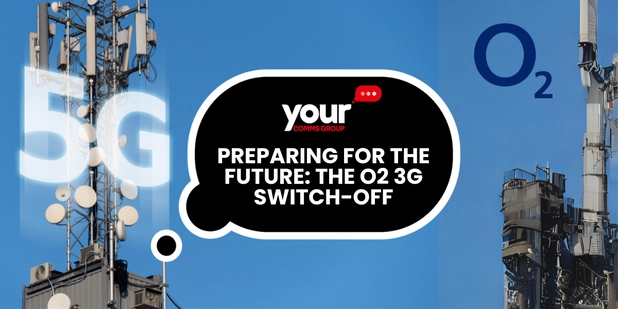
In the ever-evolving world of mobile technology, network providers are constantly striving to offer faster and more efficient connectivity. O2, a...
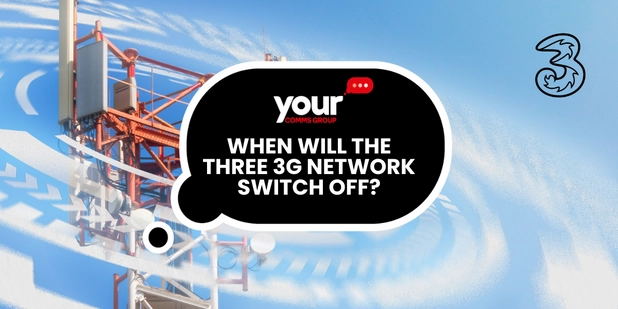
In the ever-evolving landscape of mobile technology, network providers continuously strive to deliver faster and more efficient connectivity...
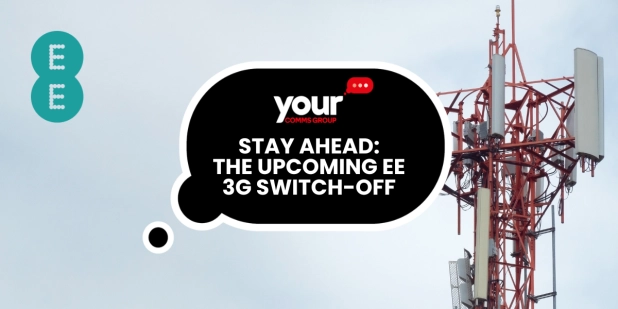
In the fast-paced world of mobile technology, network providers continually strive to deliver faster and more efficient connectivity solutions. EE,...